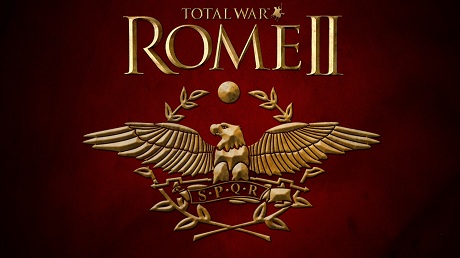Assault Dieres - Levy Spearmen
With a ramming attack that can break an enemy hull, these ships are deadly weapons.Levies are plentiful, and can stand in battle when properly commanded.
The waterline ram was first mounted on a vessel in around 850BC. Warships and naval tactics were transformed. Ships were no longer platforms for infantry battles on the water; the ship itself became the weapon. Galleys changed as the new reality sank in. Ramming at speed would hole and sink an enemy, therefore slimmer, faster, handier ships were required. More speed on demand obviously required more oars a fast ship with a single row of oars ended up being stupidly, impractically long. The solution, then, was to put in a second set of oars above the first, but slightly offset to allow for rowers' benches. These biremes, a Latin word meaning 'two oars', or dieres, the Greek equivalent, were no longer than previous designs but had twice the number of rowers. They were fast, manoeuvrable, and could carry a fighting contingent. Some nations also gave their bireme crews fire pots; these clay pots filled with oil and pitch were hurled at enemy ships in the entirely reasonable hope of setting them ablaze.
(Levy Spearmen)
Throughout the civilised world, levies formed the backbone of many armies. Called to service from among citizens or subjects, they followed a long tradition that began, in Greece at least, with hoplite warfare between the city-states. Equipped with spears, these levied phalanxes could present a formidable wall of spear points to other infantry and cavalry. What levies lacked in skill and discipline compared to professional soldiers and mercenaries, they made up for in numbers and the advantage their weaponry provided. These troops, especially the citizen-levy of the Greek city-states, were at first expected to provide their own arms and equipment. As time passed, the citizen army developed into a more formalised body in which arms and equipment were provided. Often, however, personal loyalty to a general or king replaced any sense of civic duty, although 'civic duty' might be grudging to say the least in men taken from their homes, families and livelihoods, and thrust into battle.
Unit Name Assault Dieres - Levy Spearmen |
Main Unit Key Afr_Spear_Two |
Land Unit Key Afr_Levy_Spear |
Naval Unit Key egyptian_two |
Soldiers 60 |
Category Light Ship |
Class Melee Ship |
Custom Battle Cost 310 |
Recruitment Cost 310 |
Upkeep Cost 62 |
Ship Health 501 |
└ Ship egyptian_two |
Ship Speed 7 |
Melee Attack 13 |
Weapon Damage 25 |
├ Melee Weapon rome_spear |
├ Melee Damage Base 20 |
├ Melee Damage Ap 5 |
├ Armour Piercing No |
├ Bonus vs. Large 20 |
├ Bonus vs Elephants 20 |
└ Bonus vs Infantry 0 |
Charge Bonus 11 |
Melee Defence 49 |
├ Base Defence 24 |
├ Shield thureos |
└ Shield Defence 25 |
Armour 45 |
├ Armour cloth |
├ Armour Defence 10 |
└ Shield Armour 35 |
Health 45 |
├ Man Entity rome_infantry_medium |
├ Man Health 40 |
└ Bonus Hit Points 5 |
Base Morale 30 |
Abilities
Assault Dieres- Row Hard 10
Increases speed for 10 strokes.
Ship speed
- Square
The unit moves into a close square formation.
Bracing, morale, melee defence
Can't move
Attributes
- Hide (forest)
This unit can hide in forests until enemy units get too close. - Resistant to Heat
This unit tires less quickly in the desert.
Strengths & Weaknesses
Assault Dieres- Very poor hull strength
- Very light crew
- Fast speed
- Weak ramming
- Good boarding
- Average defensive unit
- Low damage but average armour penetration
- Weak attack
- Poor morale
| Requires Buildings | |
|---|---|
|
Military Pier
(east_port_military_2) Level 1
Naval Yard
(east_port_military_3) Level 2
Drydock
(east_port_military_4) Level 3 |
|
| Garrison Buildings | |
|---|---|
|
Military Pier
(east_port_military_2) Level 1
Drydock
(east_port_military_4) Level 3 |
|
| Faction Availability | |
|---|---|
| Grand Campaign | |
| Hannibal at the Gates | |
| Imperator Augustus | |


 Français
Français Italiano
Italiano Deutsch
Deutsch Español
Español Русский
Русский Čeština
Čeština Polski
Polski Türkçe
Türkçe 简体中文
简体中文 正體中文
正體中文 日本語
日本語
